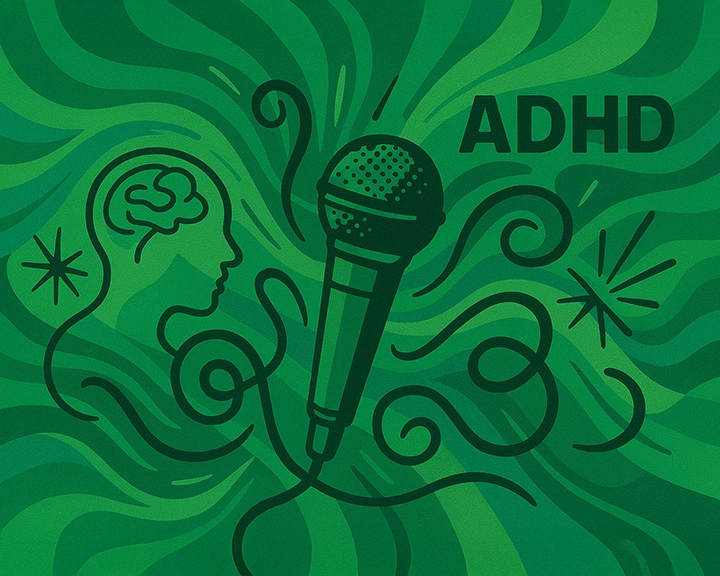Image

Media
Understanding and Managing ADD/ADHD in Children and Adults
Dr. Silverman discusses ADD and ADHD with the hosts of Family Matters, with the Mothers program on KFNX 1100 radio in Phoenix
Key Themes Discussed
Defining ADD vs. ADHD
- Dr. Silverman explained that while ADD and ADHD are often used interchangeably, the formal diagnostic term is ADHD, encompassing three types:
- Inattentive (formerly ADD)
- Hyperactive-Impulsive
- Combined presentation
- ADHD is primarily neurological and genetic, not just behavioral or environmental.
Common Misconceptions
- Many families attribute ADHD to diet, parenting, or technology, but true ADHD stems from neurological differences in brain functioning.
- Environmental factors like poor sleep, excessive screen time, or lack of structure can worsen symptoms, but don’t cause the disorder.
Diagnosis and Evaluation
- Dr. Silverman emphasized comprehensive evaluation, which includes:
- A clinical history
- Quantitative EEG (QEEG) brain mapping
- Computer-based cognitive tests
- He criticized quick diagnoses and overprescription of medications without proper assessment.
Treatment Options
- Neurofeedback and brain mapping are core services at his clinic, offering drug-free treatment alternatives.
- Neurofeedback uses real-time brain activity to help patients regulate attention and emotional control over time.
- Dr. Silverman noted many patients improve without needing medication.
Cultural and Social Context
- The show highlighted how some communities, especially in traditional or immigrant households, may overlook or stigmatize ADHD.
- Parents often struggle to differentiate between “normal” childhood energy and actual disorders.
Concerns with Medication
- The discussion addressed overmedication in schools and among college students using drugs like Adderall or Ritalin recreationally.
- Side effects like appetite suppression, mood swings, or growth delays were concerns mentioned by both the host and callers.
Role of Structure and Family Involvement
- Treatment is most successful when families are involved, especially in children’s care.
- Dr. Silverman encourages helping parents create structured, supportive environments and sometimes addressing parental ADHD as well.
Gender and Diagnosis Trends
- ADHD in girls and women often goes undiagnosed because it manifests differently—more as inattention or “daydreaming” rather than hyperactivity.
- Many women don’t get diagnosed until adulthood, often after their children are diagnosed.
Call-In Highlights
- Parents shared personal stories, often expressing relief after finding support through Dr. Silverman’s clinic.
- One caller described how neurofeedback helped her son become calmer and more focused at school.
- Another raised concerns about stimulant medication safety and long-term effects.
Final Thoughts from Dr. Silverman
- Parents should look for patterns of difficulty across settings—home, school, and social life.
- Early intervention is key to preventing long-term issues like low self-esteem, academic struggles, and strained relationships.
- His clinic supports both medicated and non-medicated approaches and emphasizes personalized care for each individual.
Listen to the full interview
Audio file